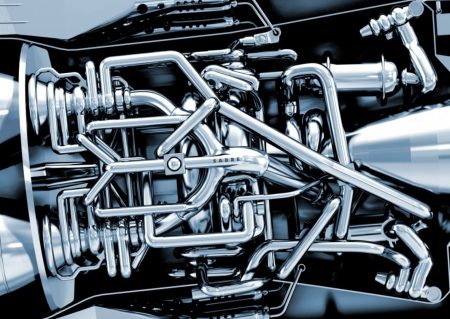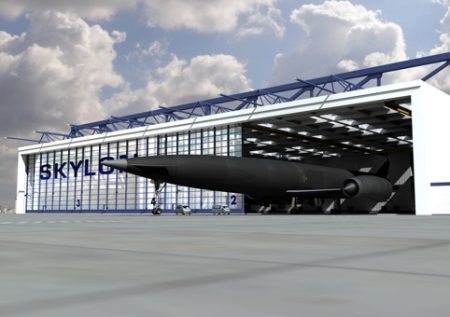March 15, 2019 – Reaction Engines, a British aerospace company, which has been working on a spaceplane that uses oxygen from the air to fly in the atmosphere and switches to liquid oxygen once it reaches space is one step closer to reality. A core demonstrator has been built to test the design with a full ground-based system test planned for 2020. SABRE is unique among rocket engine technologies. Using its air-breathing jet engine components it accelerates to Mach 5 in the atmosphere. Once it has reached the upper range of jet flight it switches to its rocket mode to reach speeds of Mach 25 necessary to achieve low-Earth orbit.
The European Space Agency, ESA, and the United Kingdom Space Agency, UKSA, are jointly invested in SABRE technology development. The current three-year program backed up by money from both space agencies who have committed to continue working together even in the face of Brexit.
SABRE is an acronym standing for Synergetic Air-Breathing Rocket Engine. Truly a hybrid technology, it is complex and designed to handle the extreme heat built up during operation.

The engine is the propulsion system of the Skylon, the sleek black spaceplane that resembles the American-built SR-71, a jet aircraft used for high altitude surveillance that was retired from service a few years ago.
The Skylon, unlike the SR-71, is both a jet and rocket. The combination in a single engine has never been attempted before.
For a period of time during the development of the U.S. Shuttle, the plan was to include two propulsion systems, a rocket, and jet engine. For weight reasons, the latter mode of propulsion was dropped.
The Russian Buran space shuttle, on the other hand, a copy of the Shuttle, retained both modes of propulsion. But Buran flew unmanned only once before being mothballed while the Shuttle became NASA’s main vehicle for getting to and from space.
The Shuttle when de-orbiting and returning to the atmosphere flew as a glider. Skylon doesn’t because its SABRE engine makes switching between a rocket and jet engine seamless.
Skylon isn’t a reality as of yet, but its inventors believe it will be the first totally reusable spaceplane capable of flying cargo to destinations like the International Space Station, or for putting satellites into low-Earth orbit. It could be used for hypersonic flight in the atmosphere and in sub-orbital space to transport passengers and cargo around the planet in a fraction of the time commercial aircraft take today.
Development of different Skylon airframes all powered by SABRE technology could make plans for supersonic commercial aircraft redundant. And Reaction Engines, like SpaceX, has committed itself to reusability and sees the Skylon spaceplane powered by SABRE technology as the route to go to make access to space far cheaper than today while transforming spaceflight into something as routine as commercial airline service today.
















